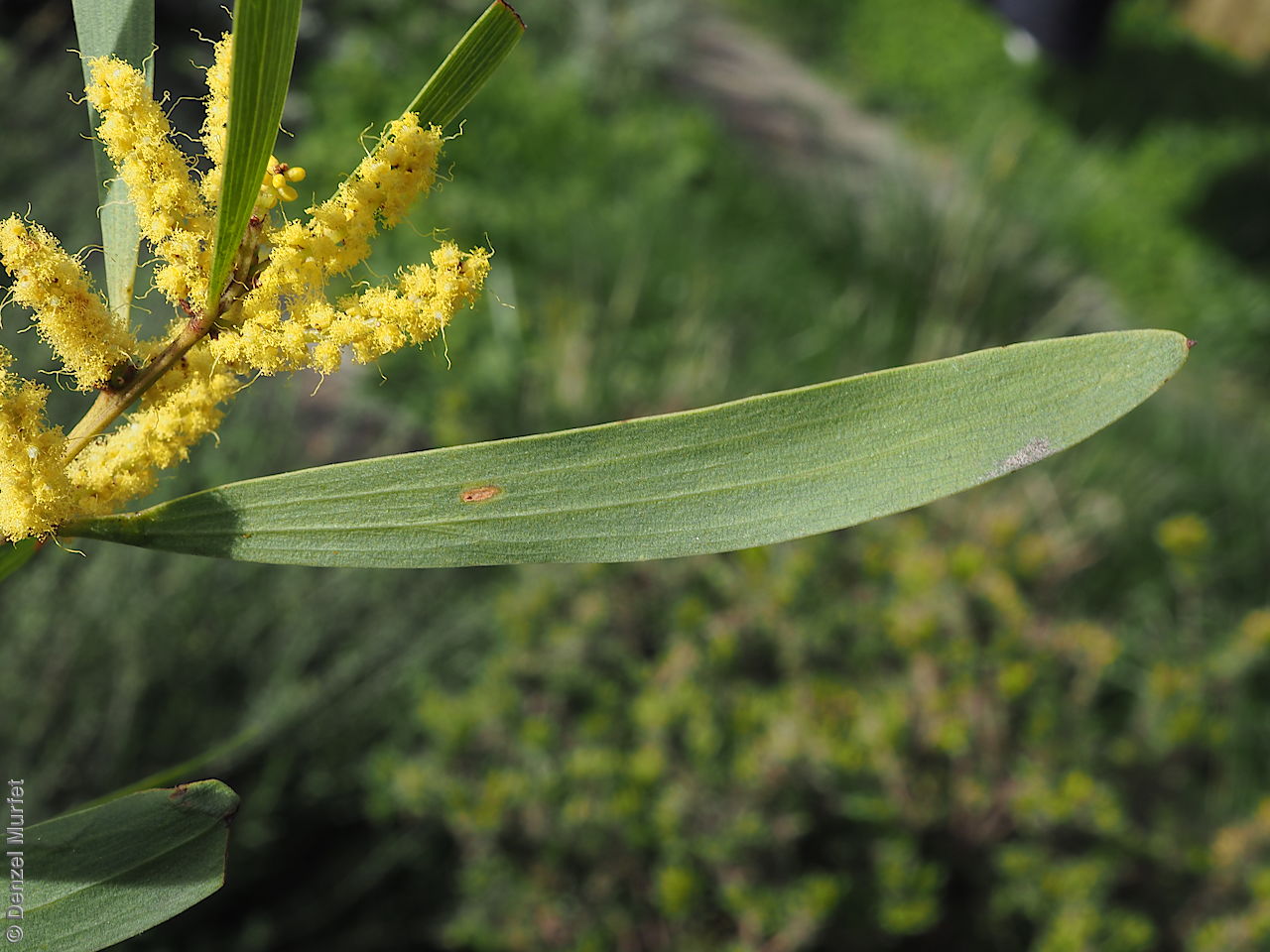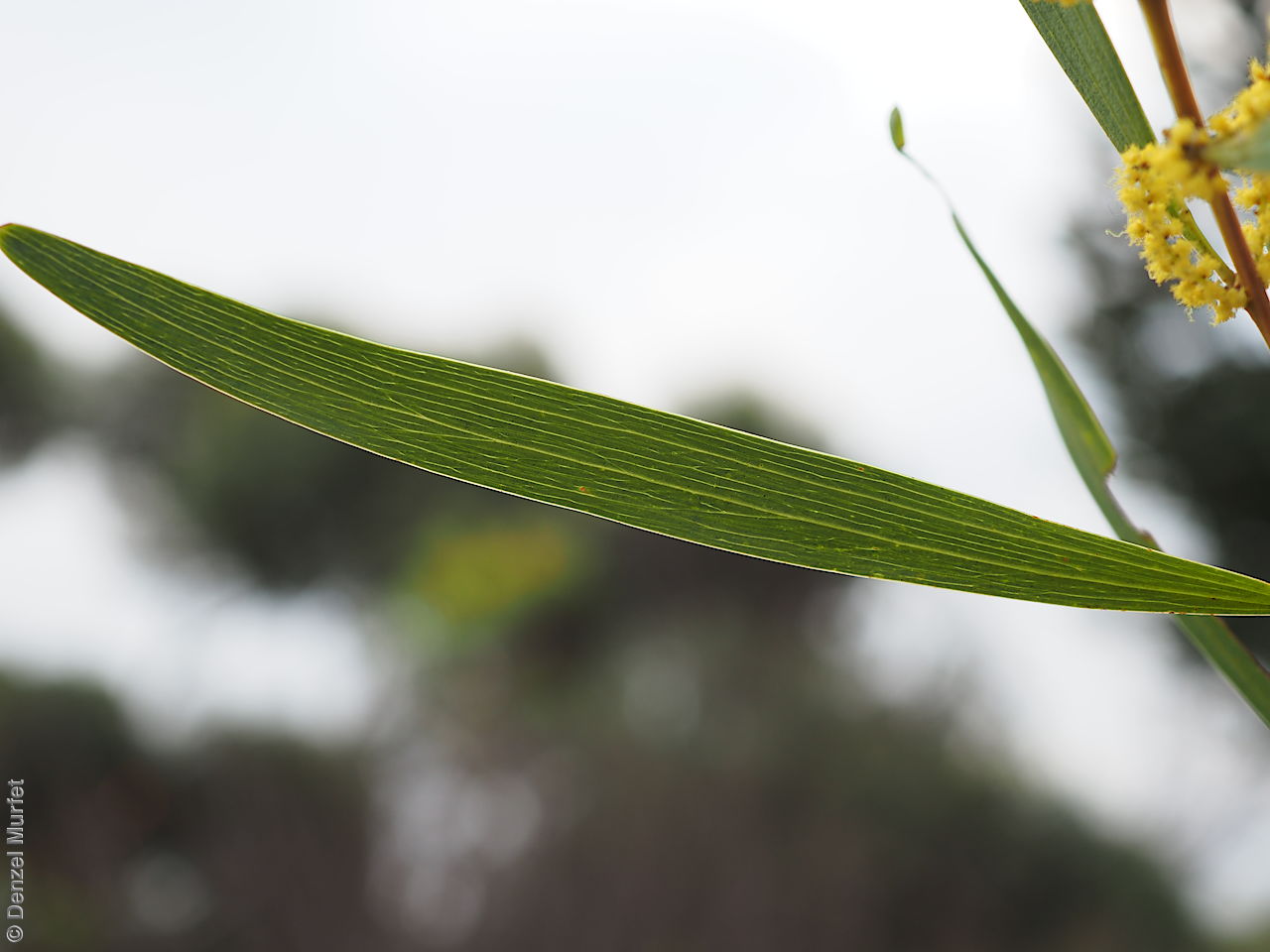










Botanical art
Prior names
Mimosa longifolia
Acacia longifolia var. longifolia
Common names
Sydney Golden Wattle
Sallow Wattle
Etymology
Acacia from the Greek 'akakia' and derived from 'ake' or 'akis' meaning a sharp point or thorn and 'akazo' meaning to sharpen. Dioscorides, the Greek physician and botanist used the word in the 1st century AD for the Egyptian thorn tree, Acacia arabica. Longifolia from Latin meaning long leaves; referring to long phyllodes on this species.
Distribution and status
A naturalised species in South Australia and found on Kangaroo Island, southern Mount Lofty Ranges, and the lower South-east. Natural occurrences in New South Wales, Victoria and Tasmania and naturalised in Western Australia. Introduced in South Australia. Common in South Australia. Common in the other States.
Herbarium regions: Eyre Peninsula, Northern Lofty, Southern Lofty, Kangaroo Island, South Eastern, Green Adelaide
NRM regions: Adelaide and Mount Lofty Ranges, Eyre Peninsula, Kangaroo Island, Northern and Yorke, South East
AVH map: SA distribution map (external link)
Plant description
An erect shrub or small tree to 10 m high. Phyllodes linear-lanceolate or narrowly elliptic, to 15 cm long and 15 mm wide, straight or almost so, mostly dark green. Inflorescences axillary with 1-2 cylindrical, bright yellow flowers to 5 cm long. Flowering between June and October. Fruits are brown, straight pods to 10 cm long and 6 mm wide with a leathery texture. This subspecies can be distinguish from A. longifolia ssp. sophorae by the typically thinner and more pliable phyllodes, usually wider at or below the middle (those of ssp. sophorae are mostly wider at or above the middle), and narrow gradually towards the apex (those of ssp. sophorae usually narrow abruptly). Seed embryo type is investing.
Seed collection and propagation
Collect seeds between October and December. Collect mature pods that are turning brown with hard, dark seeds inside. Place the pods in a tray and leave to dry for 1-2 weeks or until the pods begin to split. Then rub the dried pods to dislodge the seeds. Use a sieve to separate any unwanted material. Store the seeds with a desiccant such as dried silica beads or dry rice, in an air tight container in a cool and dry place. Seed viability is usually high. This species has physical dormancy that needs to be overcome for the seed to germinate (e.g. nicking or softening the seed coat).